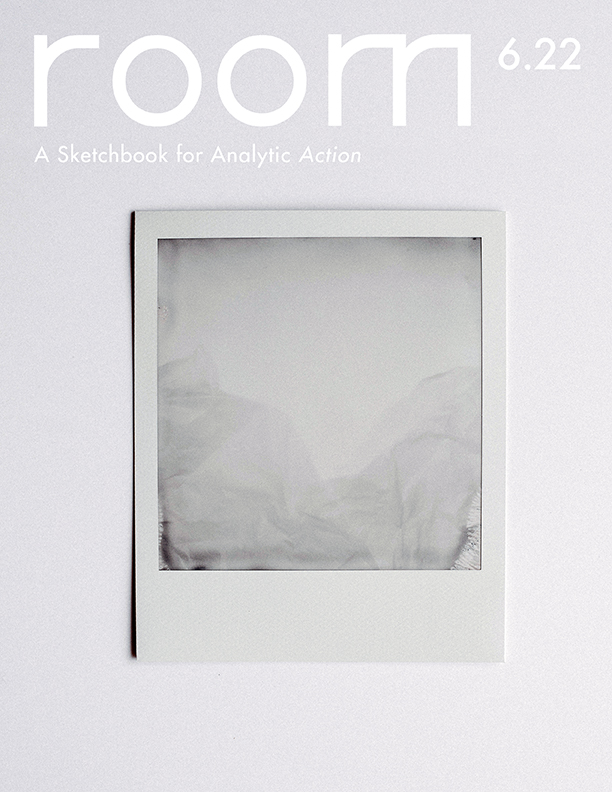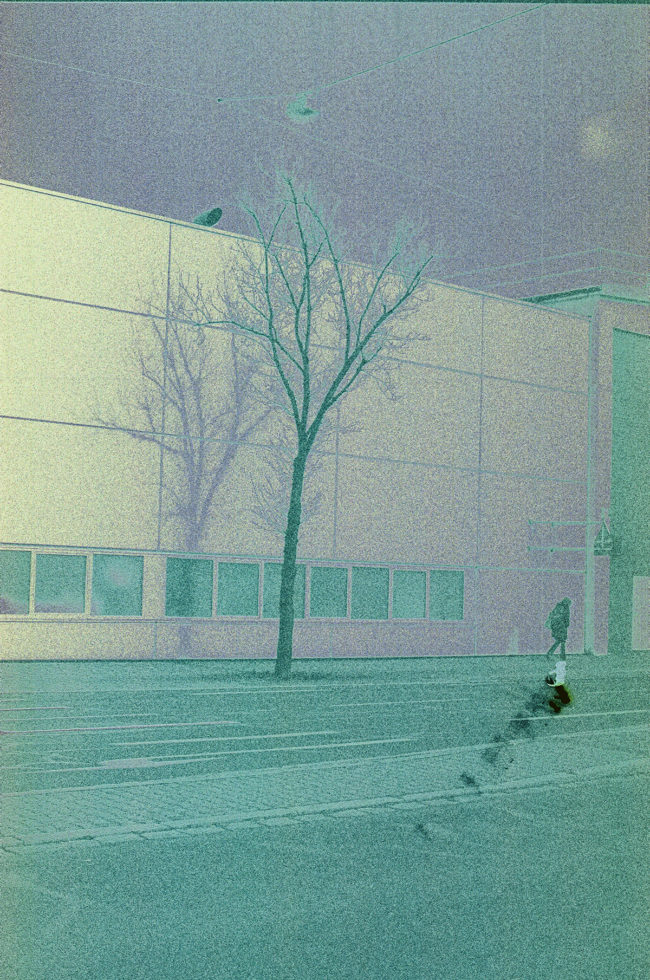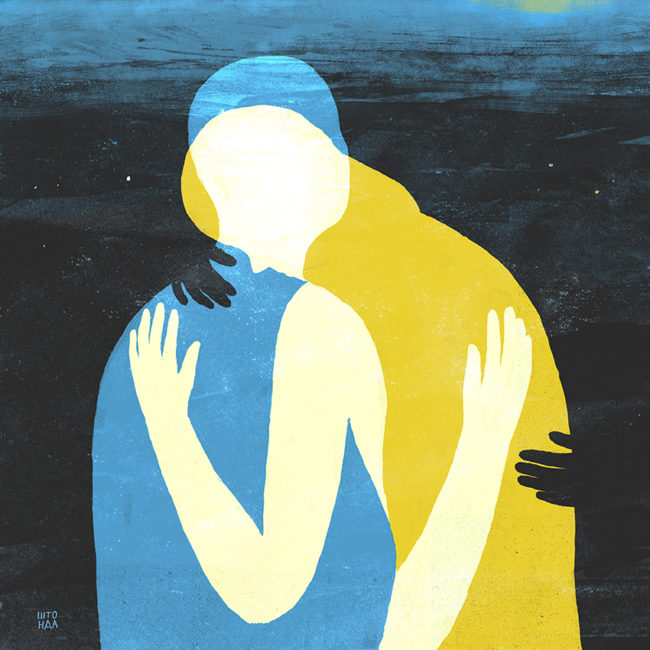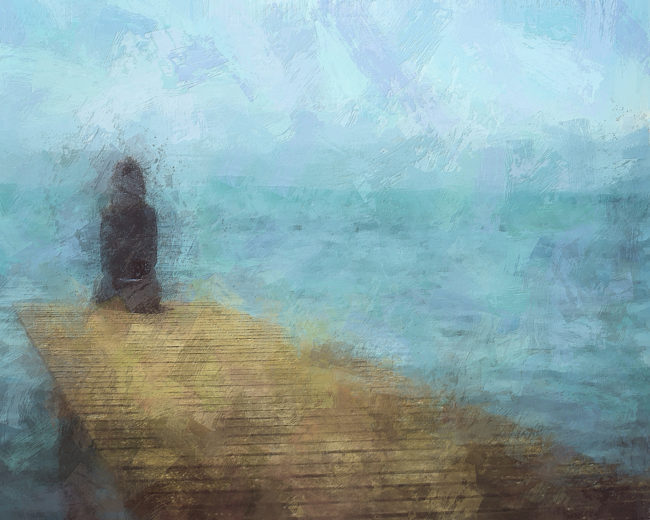Touching Psychic Fibers by Michael Eigen
The following is an excerpt from a session with a man who had been hospitalized several times and found his way into therapy. We have been working for five years in ways that have begun to touch places that were inaccessible or, rather, accessible mainly as threats that would periodically flood him.










